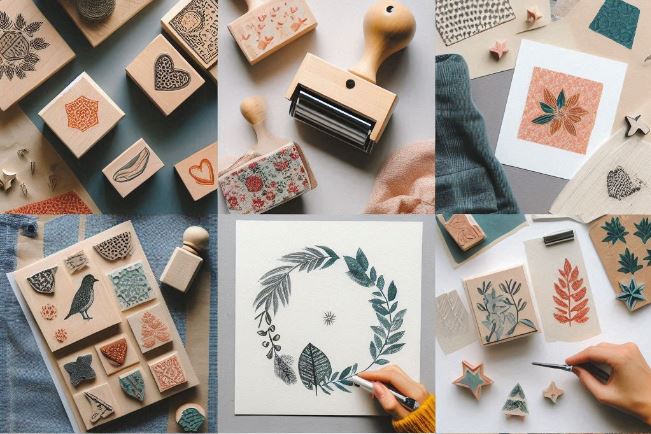Company Seal Production: A Guide to Creating Professional Seals
A company seal is an essential tool for businesses, serving as a mark of authenticity and professionalism. Whether you’re a small business or a large corporation, having a high-quality company seal can enhance your credibility and streamline your operations. In this article, we’ll explore the process of company seal production, from design to manufacturing, and provide tips for creating a seal that meets your business needs.

With the right approach, you can create a company seal that not only looks professional but also serves its intended purpose effectively. Let’s dive into the key steps involved in company seal production.
Step 1: Designing Your Company Seal
The first step in company seal production is designing the seal. Here are some key considerations for creating an effective design:
1. Company Logo
Your company logo is often the centerpiece of the seal. Ensure that the logo is clear and recognizable, even when reduced to a smaller size.
2. Company Name
Include your company’s full name in the design. This helps to clearly identify the seal as belonging to your business.
3. Additional Elements
Consider adding other elements, such as a tagline, founding date, or a unique symbol that represents your company’s values or mission.
4. Legal Requirements
Check for any legal requirements or guidelines for company seals in your industry or region. Some jurisdictions may have specific rules about what must be included in a company seal.
Step 2: Choosing the Right Material
 The material of your company seal plays a crucial role in its durability and performance. Here are some common materials used in company seal production:
The material of your company seal plays a crucial role in its durability and performance. Here are some common materials used in company seal production:
1. Metal
Metal seals, typically made from brass or steel, are durable and long-lasting. They are ideal for creating raised impressions on paper and are often used for official documents.
2. Rubber
Rubber seals are versatile and provide a clean, crisp impression. They are suitable for a wide range of applications, from business documents to packaging.
3. Photopolymer
Photopolymer seals are known for their precision and ability to capture fine details. They are often used for intricate designs and high-quality branding materials.
Step 3: Selecting the Production Method
The production method you choose will impact the quality and cost of your company seal. Here are some common production methods:
1. Engraving
Engraving is a traditional method that involves carving the design into a metal or rubber surface. It produces high-quality, durable seals but can be more expensive.
2. Laser Cutting
Laser cutting uses a laser to precisely cut the design into the material. This method is ideal for intricate designs and offers a high level of accuracy.
3. Molding
Molding involves creating a mold of the design and then casting the seal material into the mold. This method is cost-effective and suitable for large-scale production.
Step 4: Testing and Quality Control
 Before finalizing your company seal, it’s important to test it to ensure it produces a clean and clear impression. Here are some tips for testing and quality control:
Before finalizing your company seal, it’s important to test it to ensure it produces a clean and clear impression. Here are some tips for testing and quality control:
- Test Impressions: Make several test impressions on different types of paper to ensure the seal works well in various conditions.
- Check for Errors: Carefully inspect the seal for any errors or imperfections in the design.
- Durability Test: Test the durability of the seal by using it repeatedly to ensure it holds up over time.
Why Choose Stamps Designer?
At Stamps Designer, we specialize in creating high-quality, customizable company seals. Our online platform allows you to design your own seal with a variety of templates, fonts, and design tools. Whether you’re looking for a traditional metal seal or a modern rubber stamp, we’ve got you covered.
Our online designer ensures that your company seal is both functional and visually appealing. Plus, our process is fast, affordable, and designed to deliver professional-quality results every time.
With Stamps Designer, you can create a company seal that’s as unique as your business. Whether you’re starting from scratch or using one of our templates, we’re here to help you every step of the way.
Explore More Articles:
What is the Designer of Seals and Stamps?
Stamp Pillow - The Office Hero of Our Time
Stamps for Mail Art
Published on 2024-08-22

